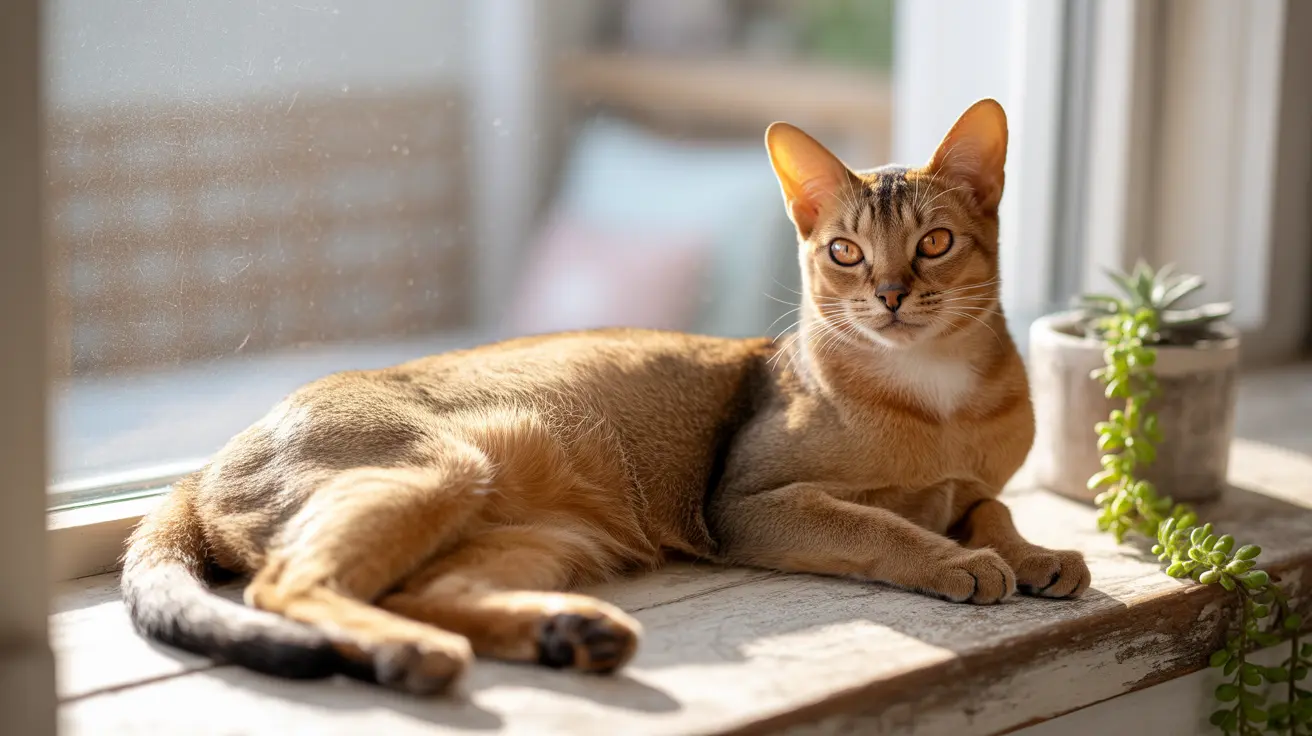Have you ever wondered why female orange cats seem so uncommon? The answer lies in fascinating genetic science that makes these ginger females truly special. While orange cats are beloved for their striking appearance and often friendly personalities, the genetics behind their coat color creates an interesting gender imbalance in the feline world.
In fact, only about 20% of orange cats are female, making them a relatively rare sight compared to their male counterparts. This statistical quirk isn't random - it's the result of complex genetic inheritance patterns that make female orange cats much harder to come by.
The Science Behind Orange Cat Genetics
The orange coat color in cats is controlled by a gene located on the X chromosome, making it what scientists call a "sex-linked trait." Male cats, having only one X chromosome, need just one copy of the orange gene to display the color. Female cats, however, require two copies - one from each parent - to develop a fully orange coat.
This genetic setup creates an interesting mathematical challenge: female cats need to inherit the orange gene from both parents to display a completely orange coat, while males only need it from their mother. This fundamental difference explains why orange females are considerably less common.
Understanding X-Chromosome Color Inheritance
Female cats have two X chromosomes (XX), while males have one X and one Y chromosome (XY). The orange color gene can only be carried on the X chromosome, which leads to some interesting inheritance patterns:
- When a male cat inherits an orange gene on his single X chromosome, he will always be orange
- Female cats with only one orange gene typically become tortoiseshell or calico cats
- For a female to be completely orange, she must inherit the orange gene from both parents
The Rarity Factor in Numbers
The statistics around female orange cats are quite striking:
- Approximately 80% of all orange cats are male
- Female orange cats make up only about 20% of the orange cat population
- In some populations, the percentage of female orange cats can be as low as 1%
Breeding Considerations for Orange Cats
Creating a female orange cat through breeding requires specific genetic combinations:
- Both parents must carry the orange gene
- The mother must be either orange herself or carry the orange gene
- The father must be orange to pass his orange-carrying X chromosome to his daughters
Physical Characteristics and Common Traits
When you do encounter a female orange cat, you might notice these common characteristics:
- They always display some form of tabby pattern
- Their coloring can range from pale cream to deep red-orange
- They often have distinctive pink or speckled nose leather
- Like all orange cats, they typically have gold, copper, or green eyes
Frequently Asked Questions
Why are female orange cats so much rarer than male orange cats?
Female orange cats are rarer because they need two copies of the orange gene (one from each parent) to be orange, while males only need one copy from their mother.
How is the orange coat color inherited differently in male and female cats?
Males inherit the orange color through their single X chromosome from their mother, while females need the orange gene on both X chromosomes, requiring inheritance from both parents.
Can two non-orange parent cats produce a female orange kitten?
No, at least one parent must be orange, and for a female kitten to be orange, both parents must either be orange or carry the orange gene.
What causes female cats to have calico or tortoiseshell coats instead of solid orange?
This occurs when a female cat has one orange gene and one black gene on her X chromosomes, resulting in a mixture of colors due to X-chromosome inactivation.
How can I increase the chances of breeding a female orange kitten?
The best way is to breed an orange female cat with an orange male cat, as this gives the highest probability of producing orange female offspring.
Understanding the rarity and genetic complexity of female orange cats makes these felines even more special. While their scarcity might make them seem more desirable to some cat lovers, remember that every cat, regardless of color or gender, deserves love and care.






